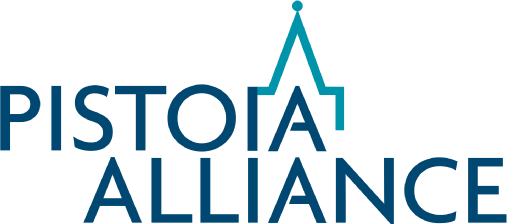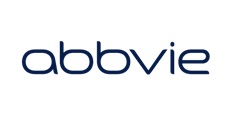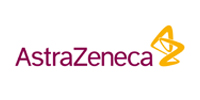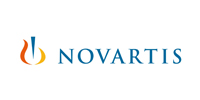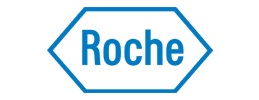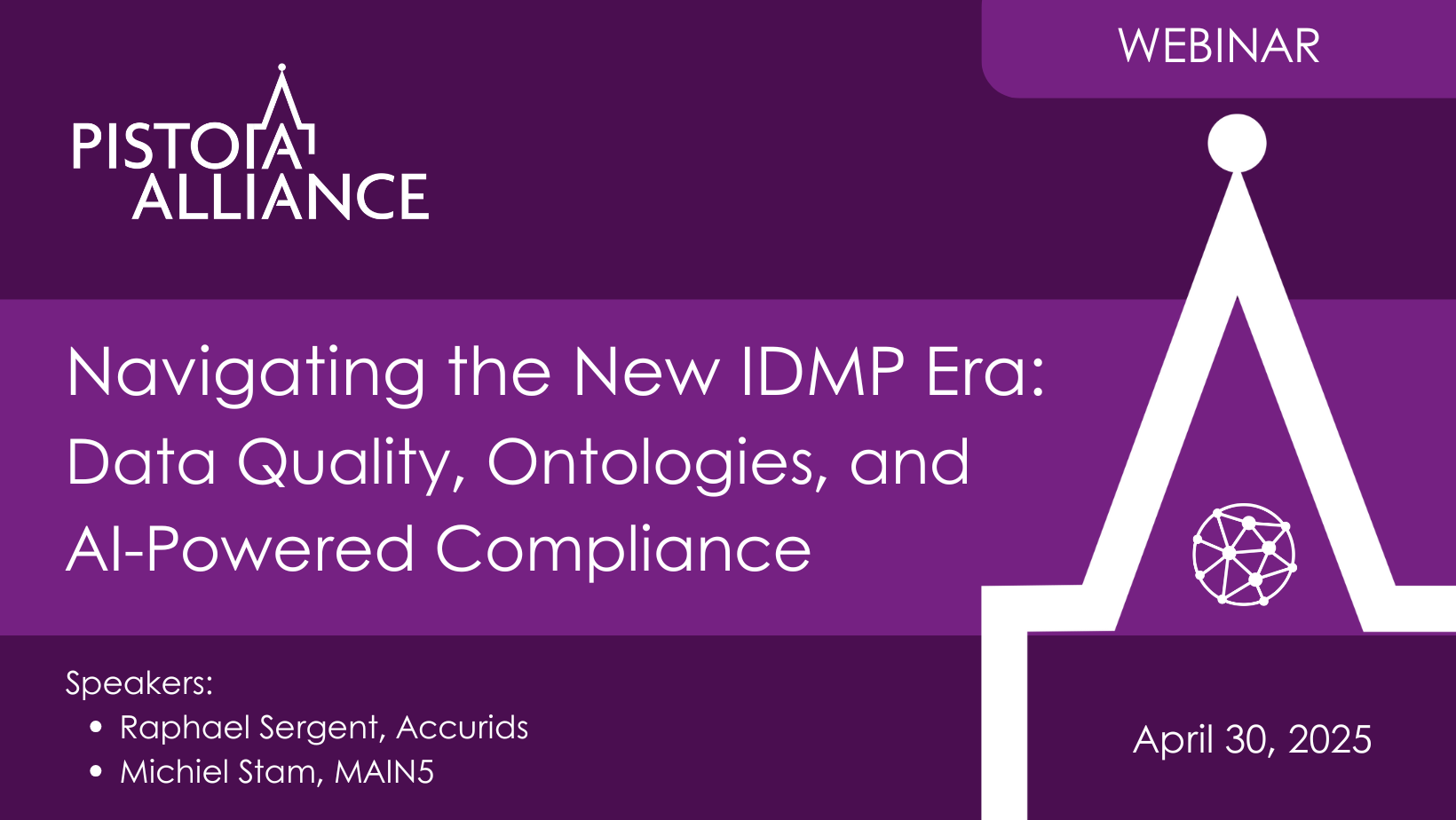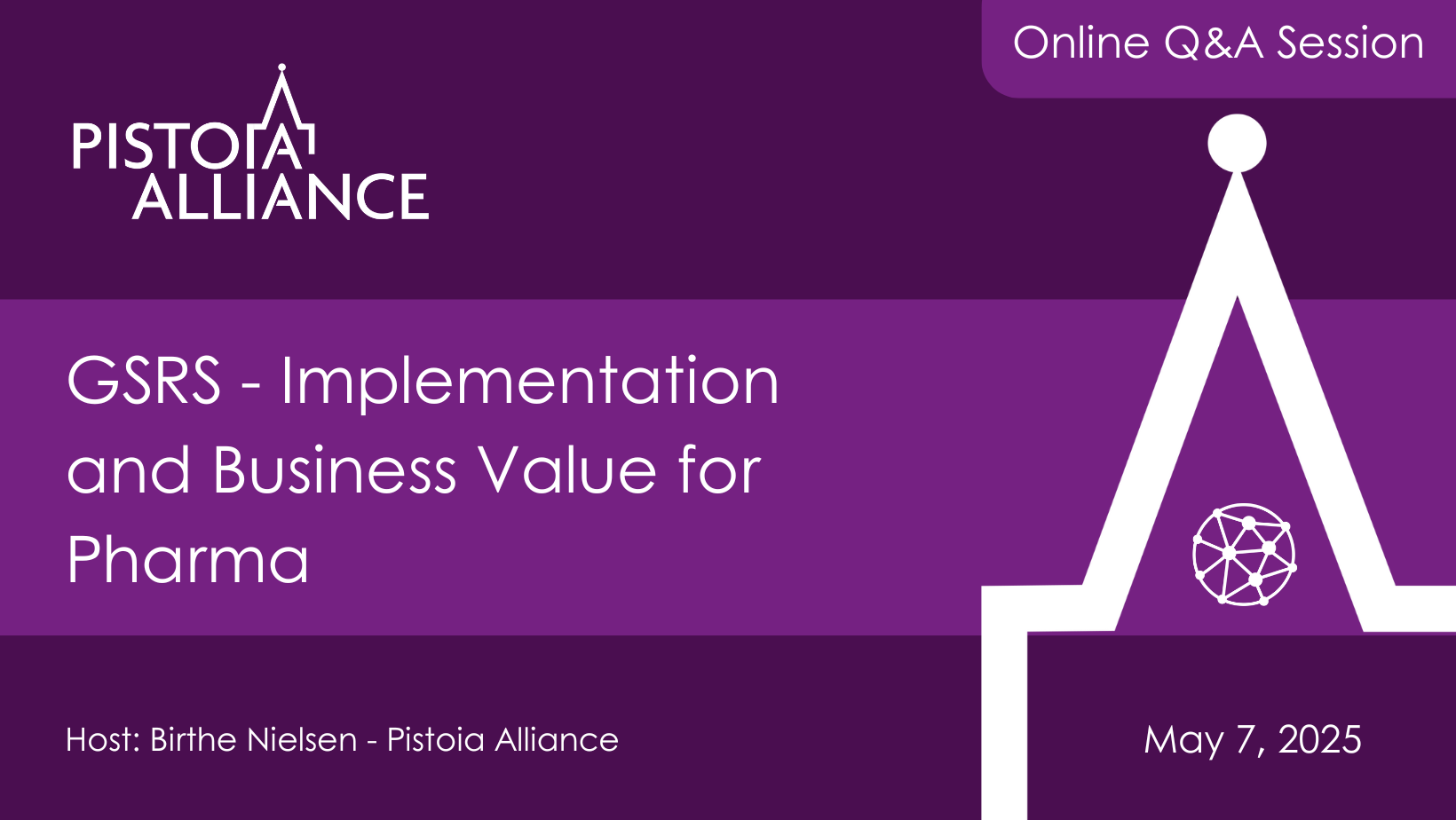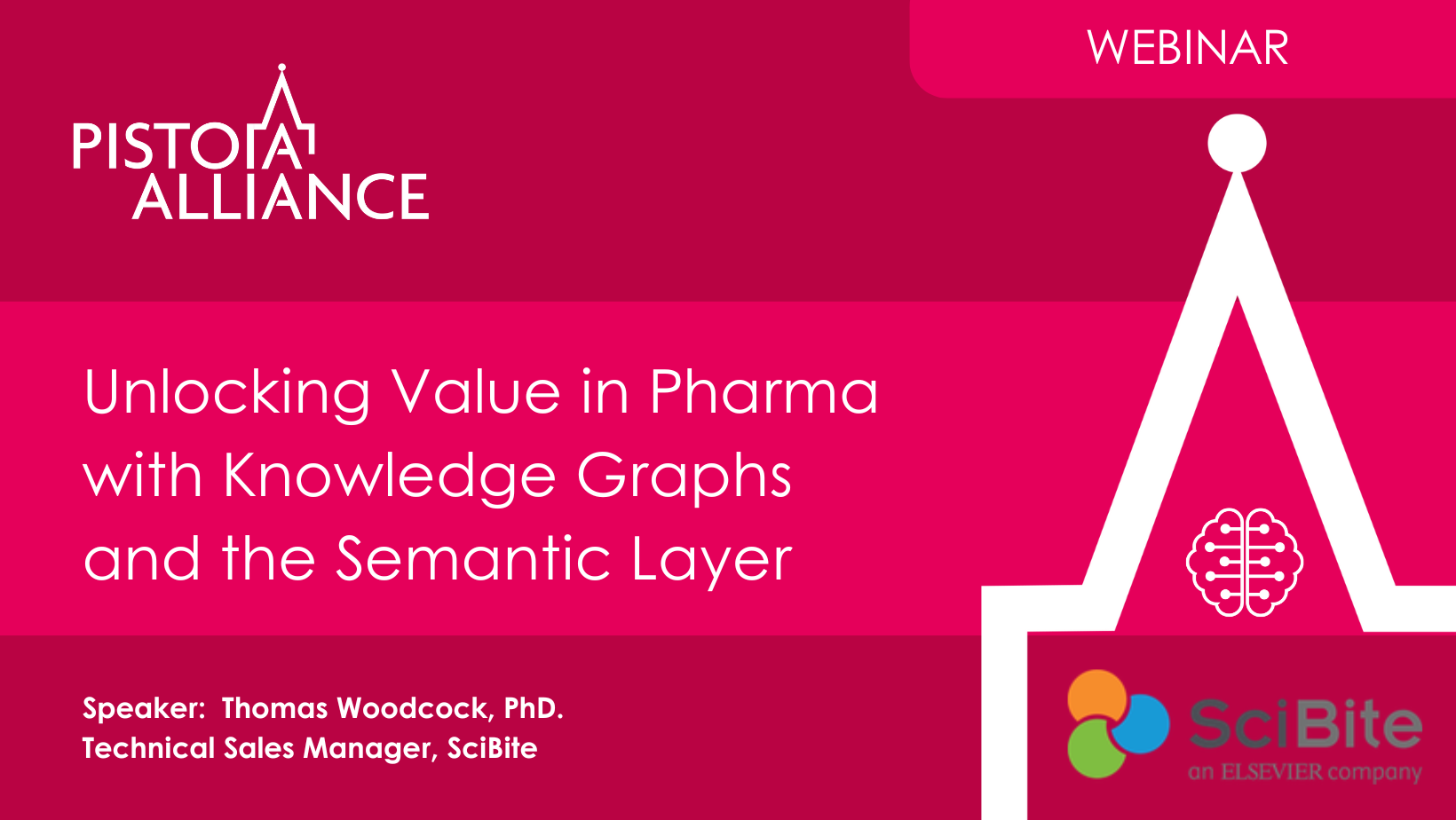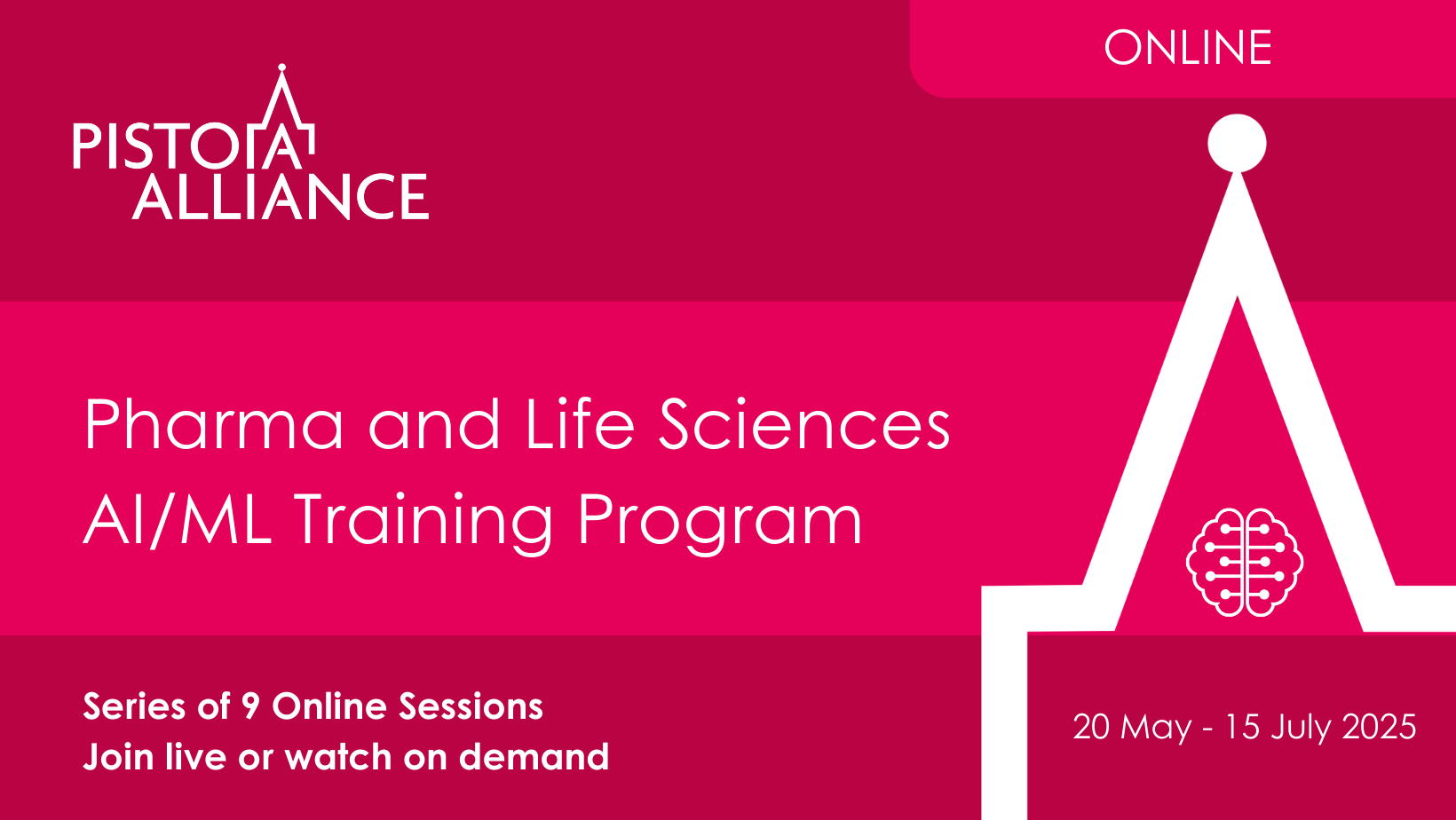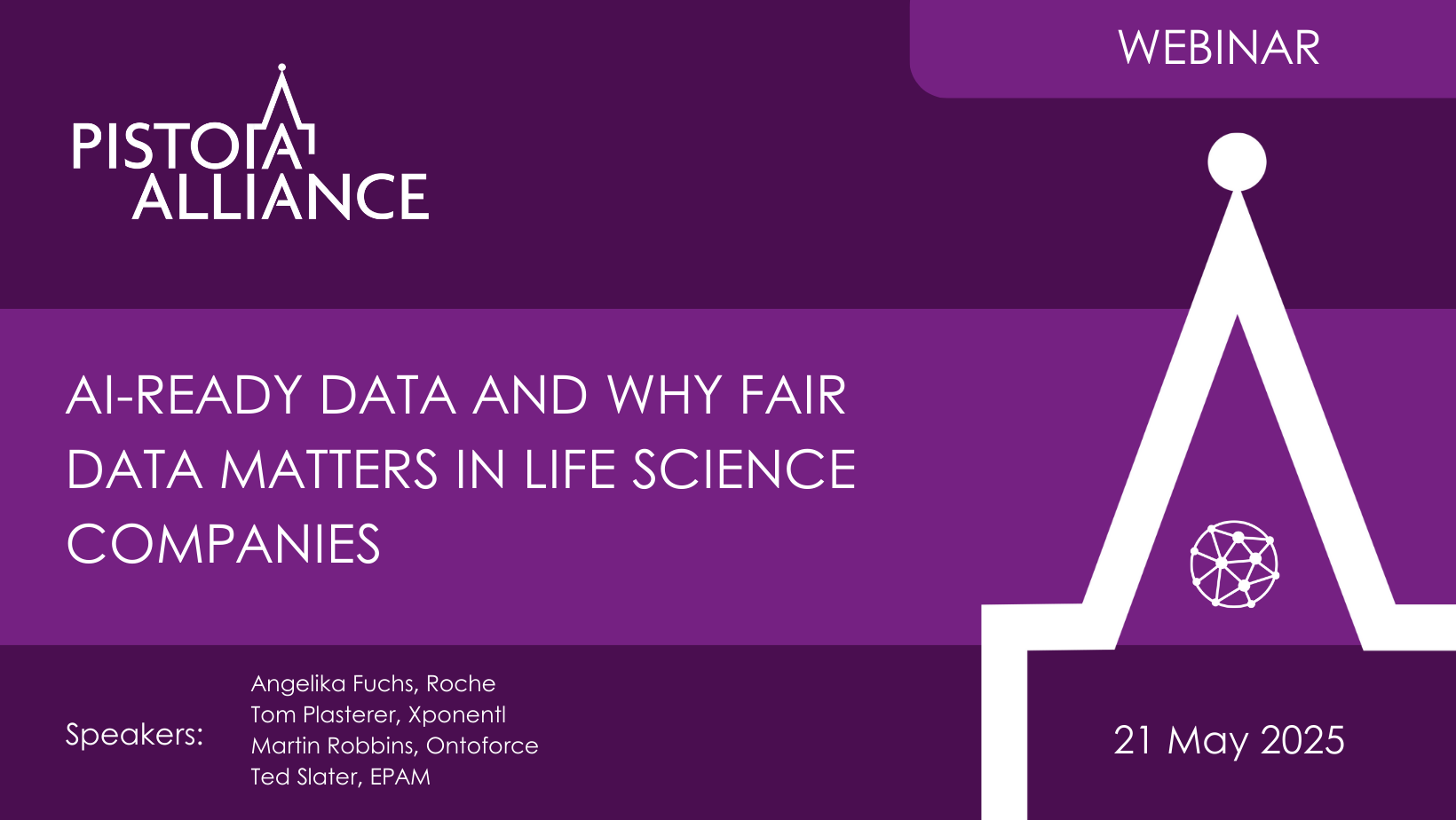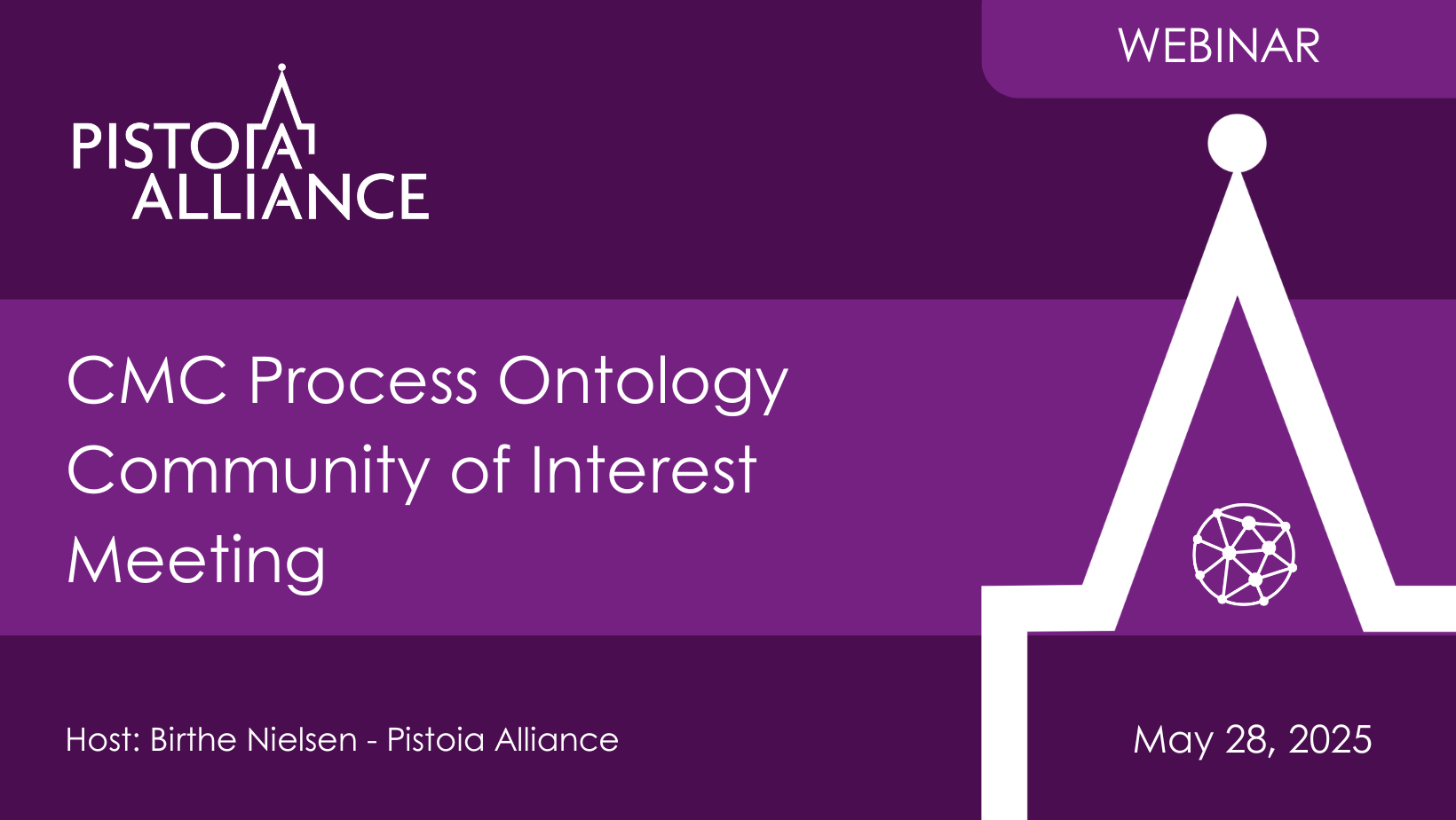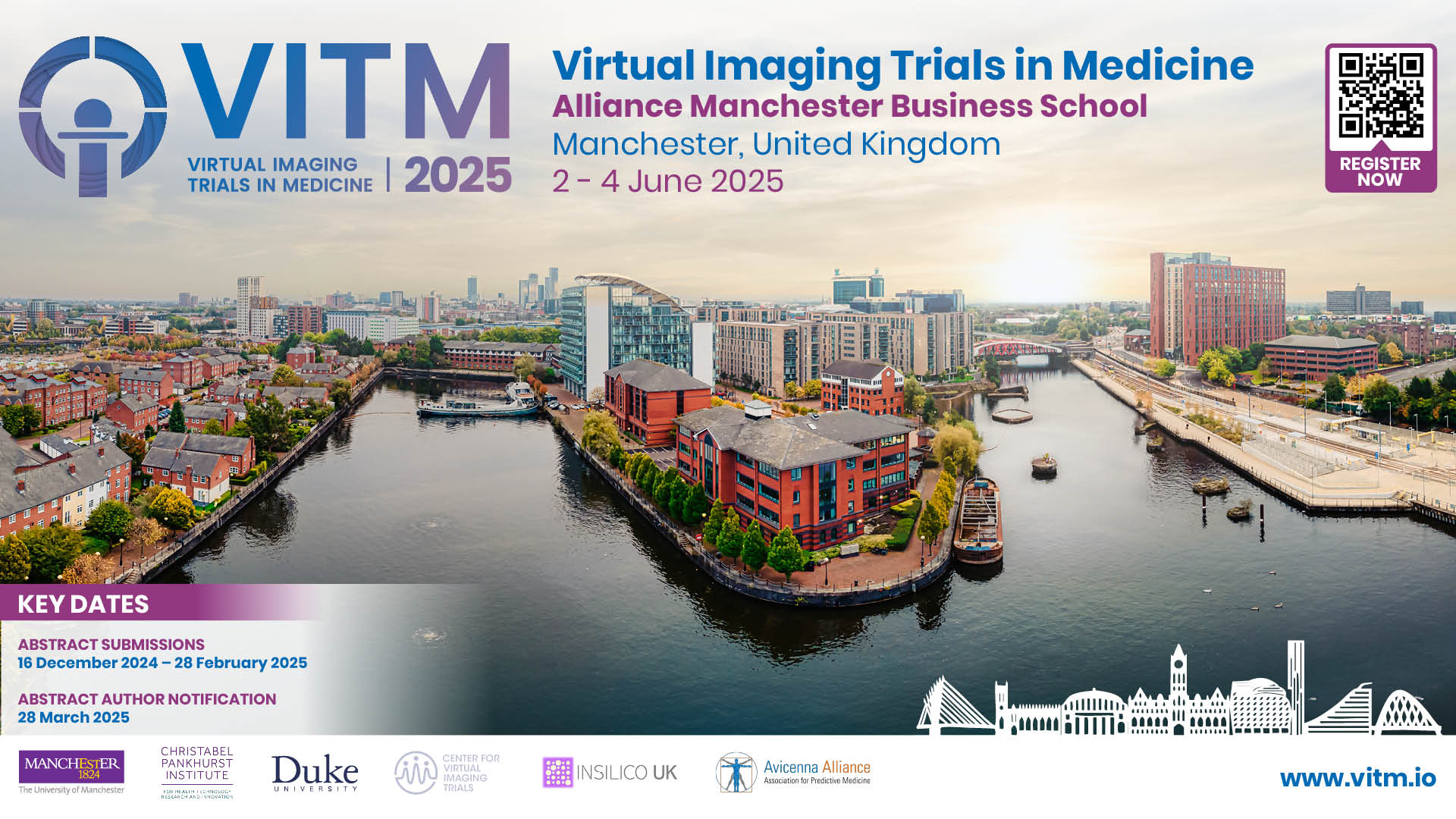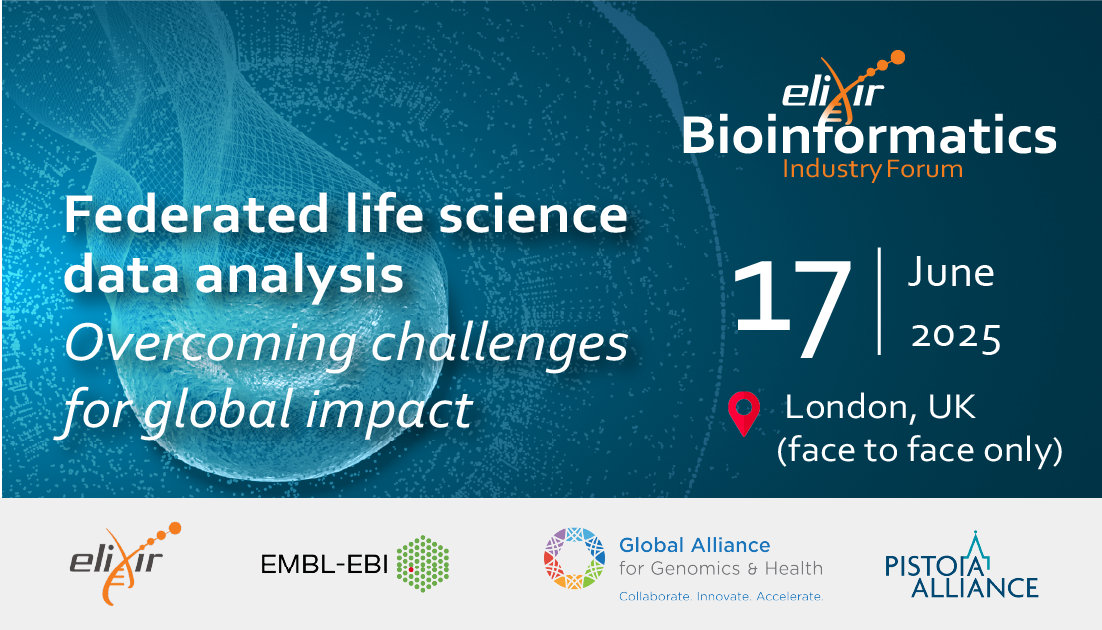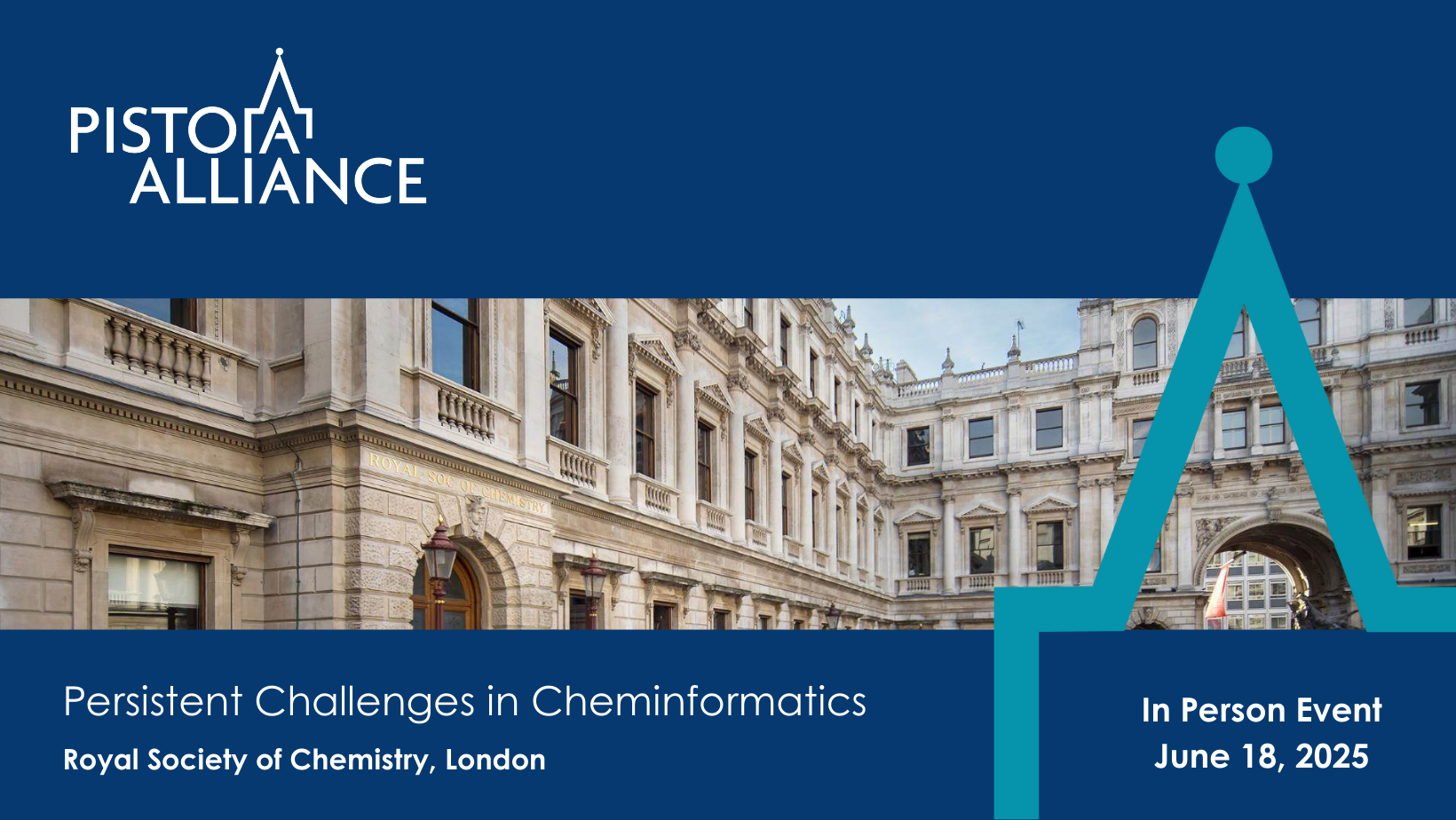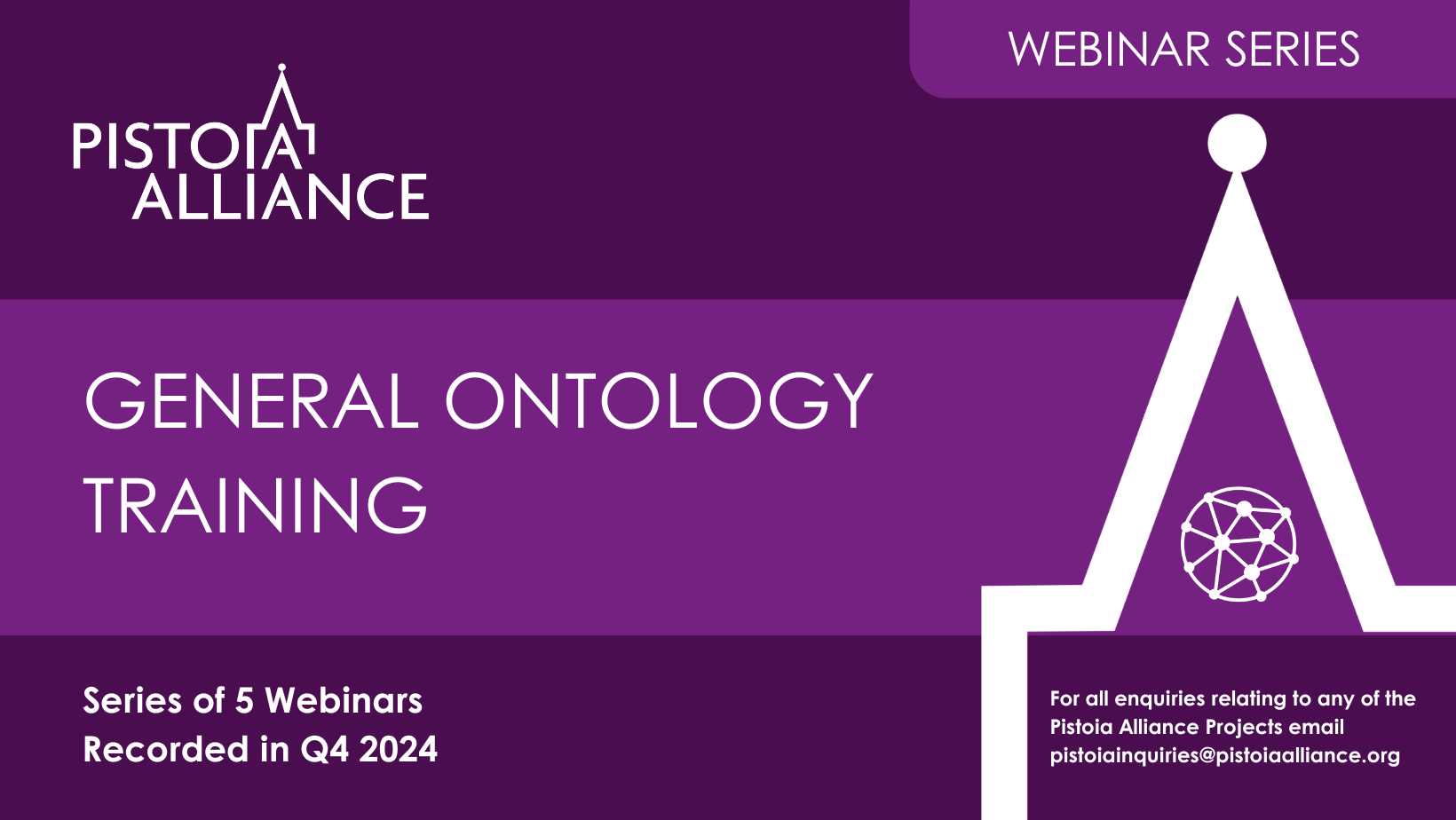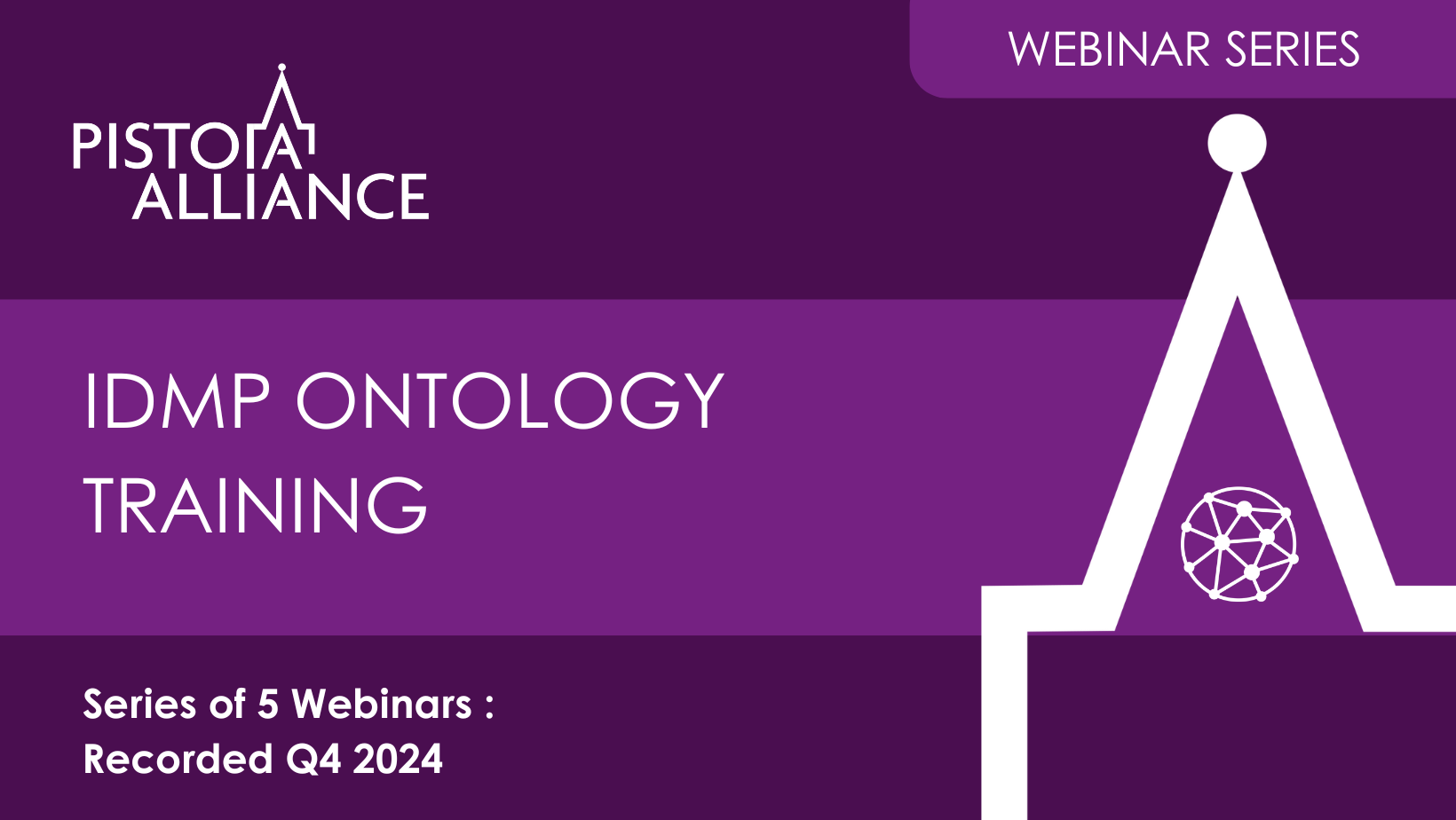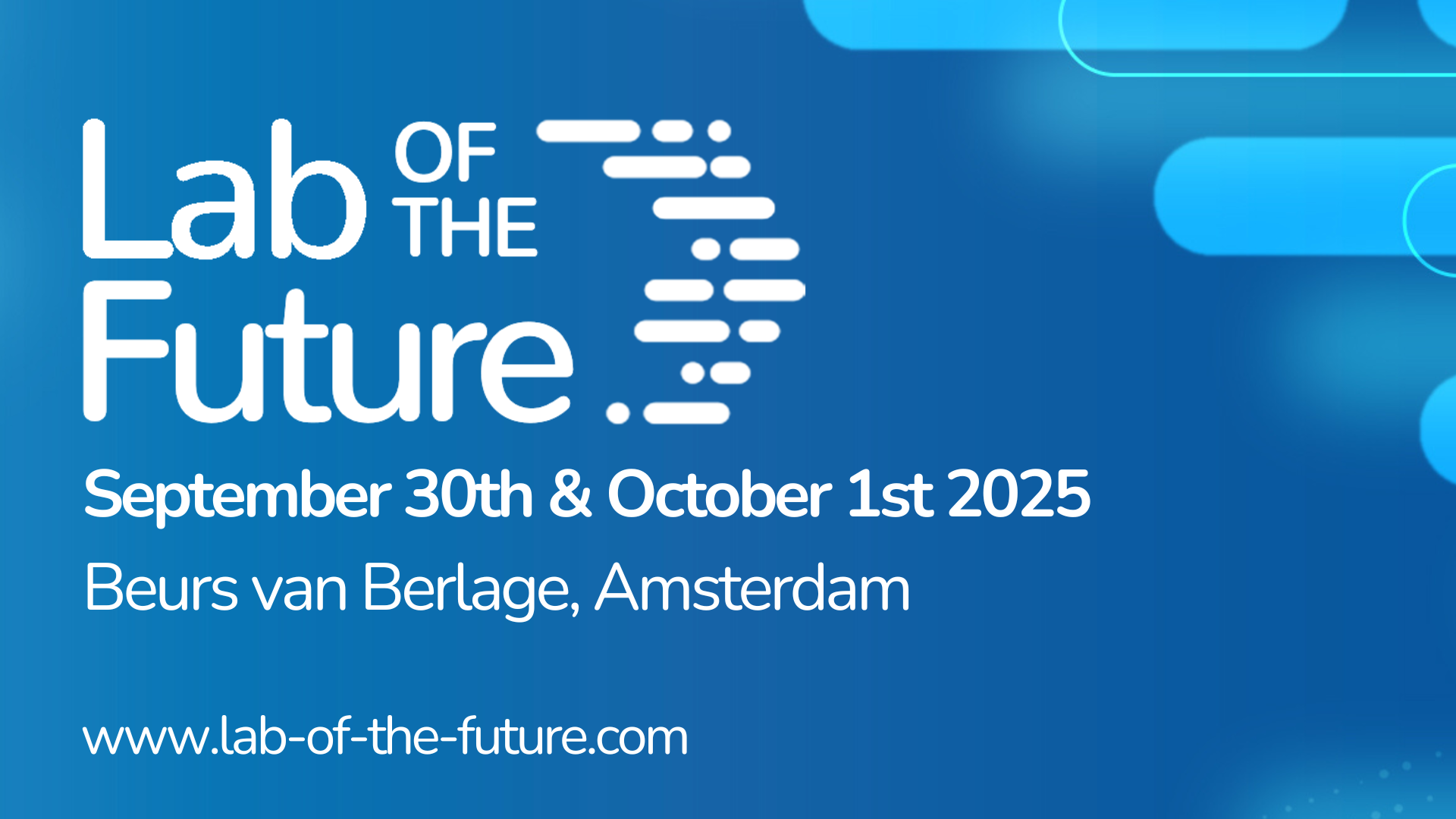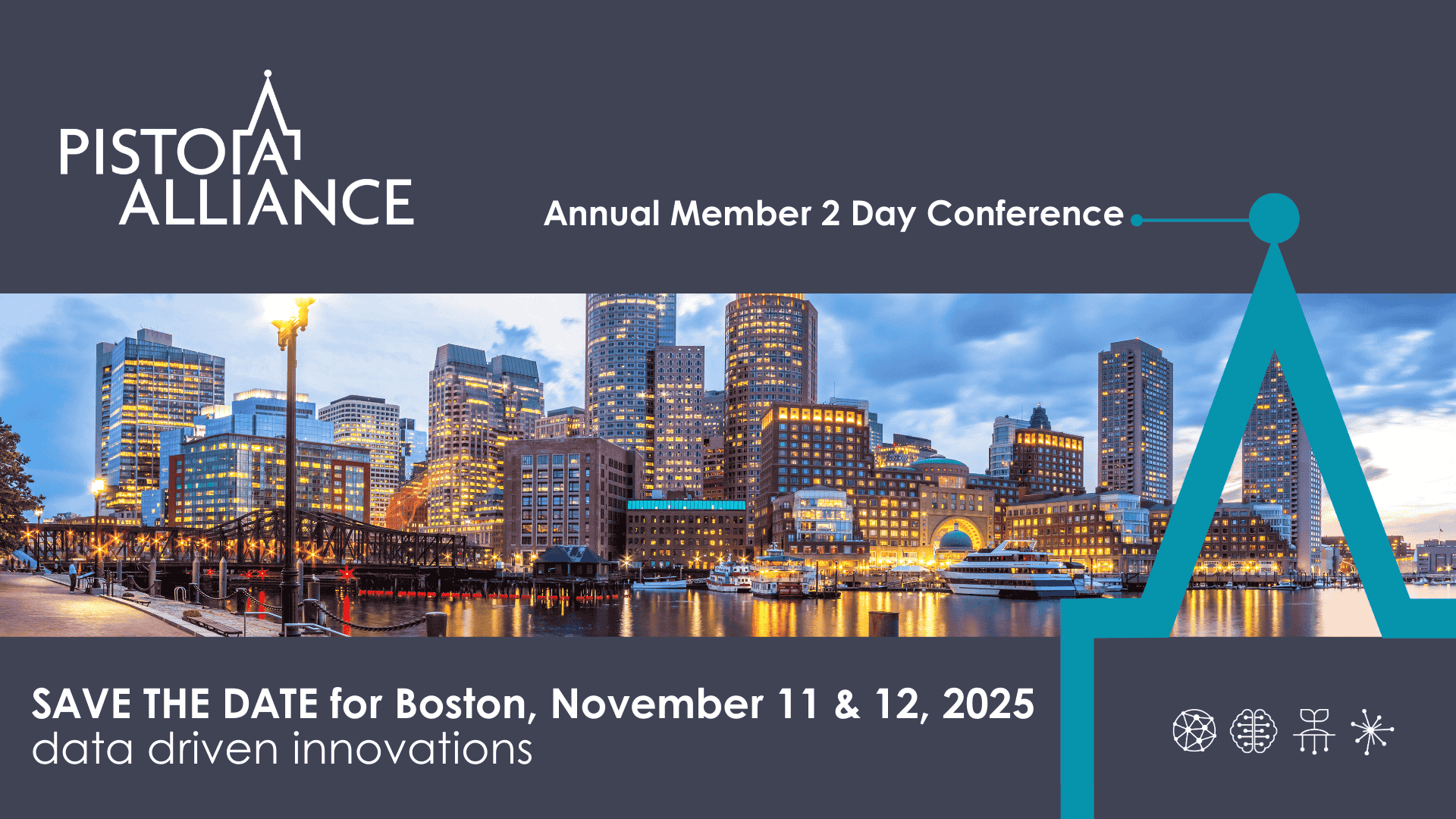Project Charter
This project aims to convert unstructured assay protocol descriptions into a high-quality FAIR data set, and create standards for this information.
The Challenge
This project will:
- Revolutionize biotech R&D by standardizing research methods and improving reproducibility.
- Save time for scientists by reducing assay planning efforts and avoiding failed experiments.
- Help data scientists harmonize datasets, cleanse data, and enable advanced analytics, ML, and AI.
- Foster precompetitive collaborations and interoperable scientific data initiatives.
- Lower internal bioassay curation costs and simplify regulatory submissions.
- Aid assay kit vendors and CROs by increasing visibility in public databanks like ChEMBL and PubChem.
- Improve scientific publications’ quality through common assay annotation standards and public data banks.
- Maximize research funders’ ROI by increasing the value of funded science.
The project do this by addressing key issues:
- Over 1.4 million assay protocols in publications lack suitable formats for automated mining.
- Research organizations spend 4–12 weeks per assay selecting, setting up, and validating protocols, often leading to wasted efforts.
- Current manual curation methods are labor-intensive, while automated systems remain inaccurate.
- Many organizations already convert unstructured assay protocols into machine-readable forms, duplicating costly efforts.
- Obsolete assay protocols and evolving technologies hinder reproducibility and historical data interpretation.
What will the project deliver?
- Share costs for converting published bioassay data into accurate, machine-readable FAIR data using a community-defined model.
- Develop a FAIR data model based on public ontologies like BioAssay Ontology and promote it as an industry standard.
- Ensure FAIR data is publicly accessible after a brief exclusivity period for partners.
